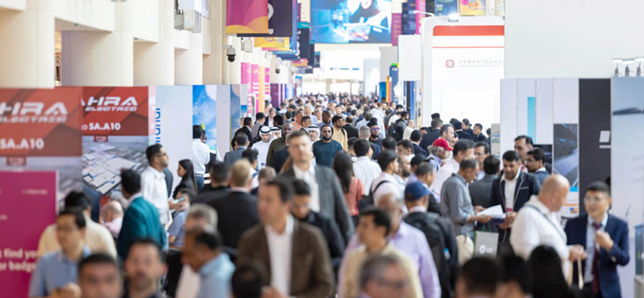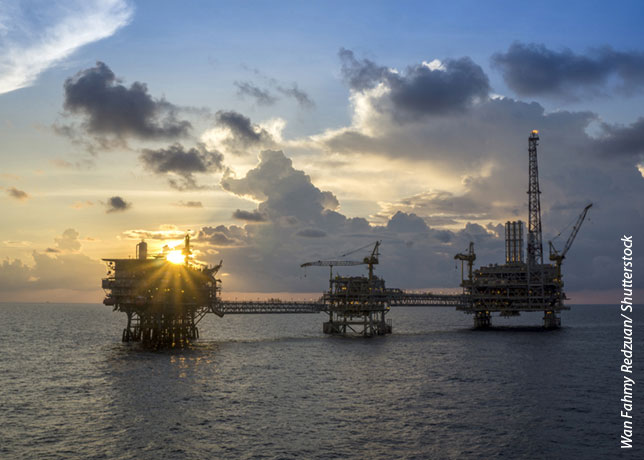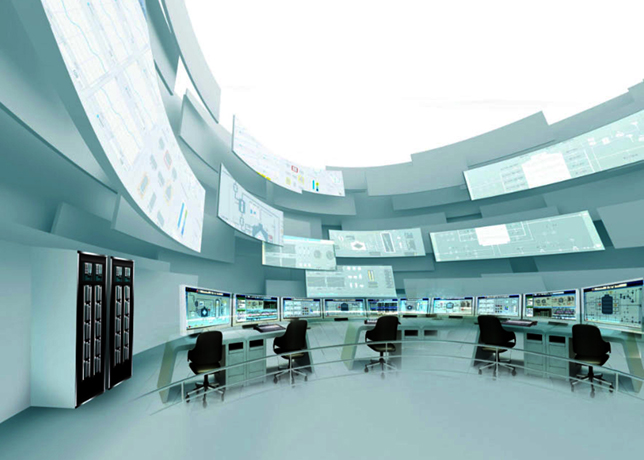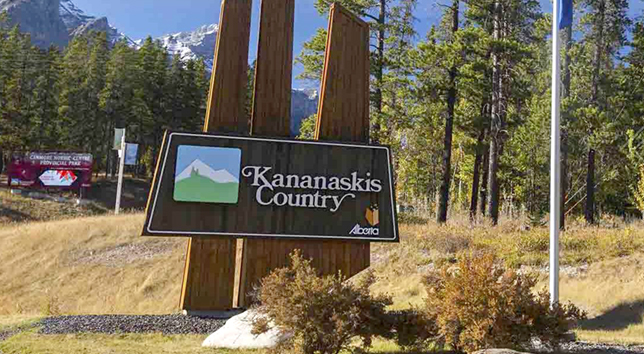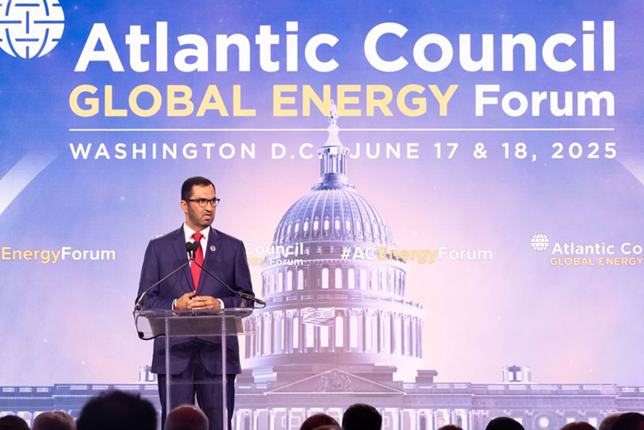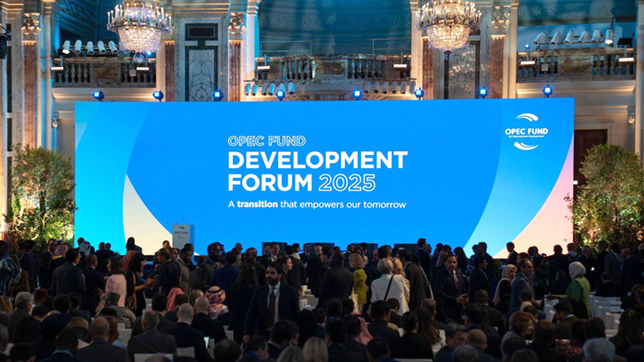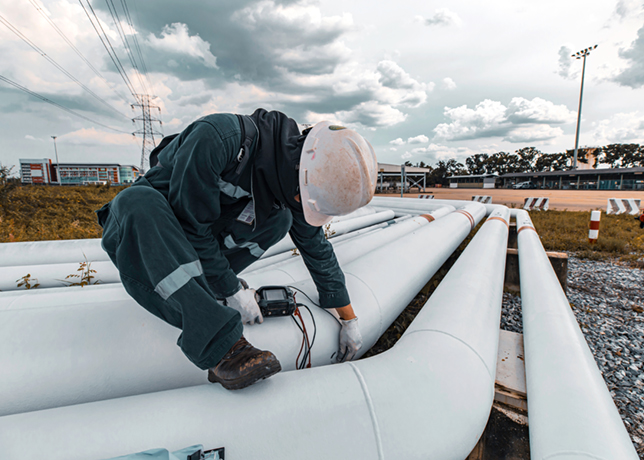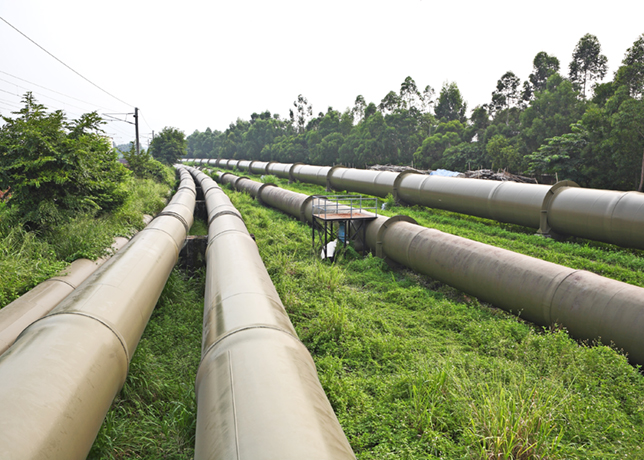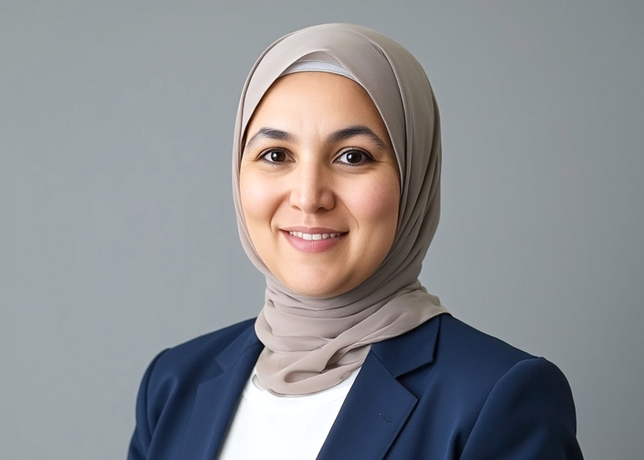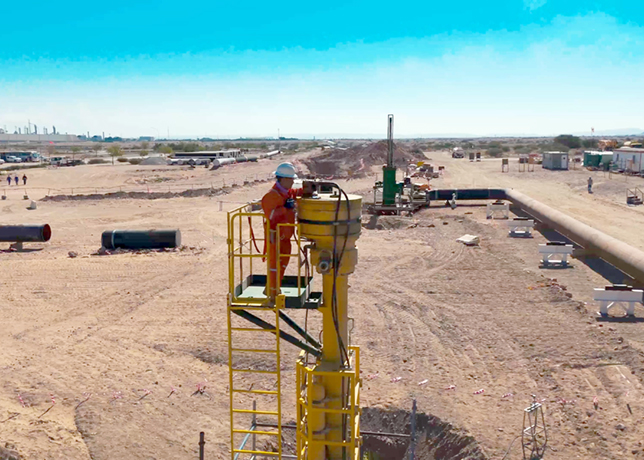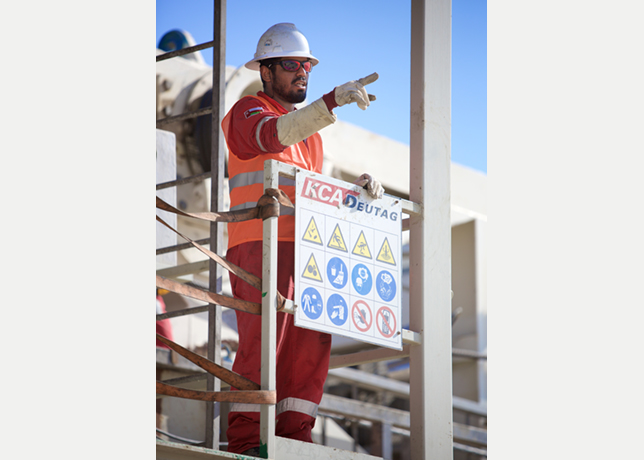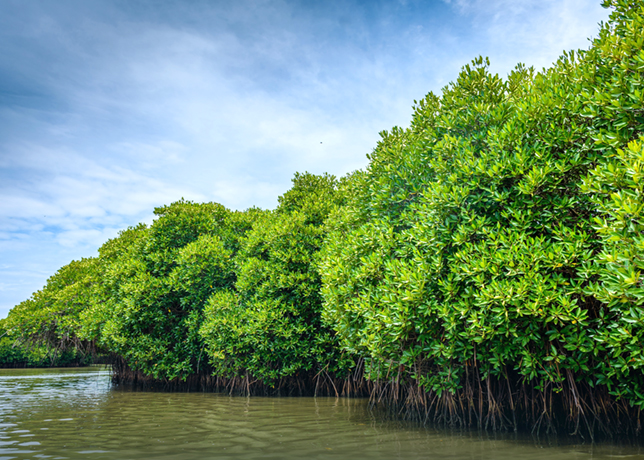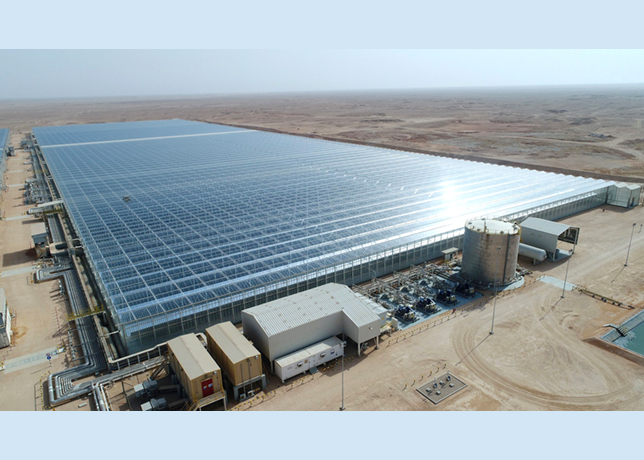

Oman is witnessing a surge of expectation over the creation of Sohar Industrial Port and related plants and facilities.
Omanis are describing the port initiative as “a daring act of the imagination,” considering that it entails one of the largest single port developments in the world and the conversion of a quiet corner of the Sultanate into a thriving maritime and industrial hub.
Within just three years of the initiative taking off, the port has seen sizeable investments of nearly $11 billion into a wide swathe of development activities, ranging from port facilities to factories and utilities.
Many considered Sohar as a site waiting to blossom because of its strategic location on the world’s shipping lanes, its proximity to energy resources and its nearness to some of the world’s largest markets including India. The district was a Middle East maritime hub many centuries ago when it traded with copper mined in its vicinity, but, as time rolled on, it slipped into relative quietness. Its time has now come, and the Omani renaissance launched by Sultan Qaboos is opening a new chapter in the country’s resurgence with the reinvigoration of Sohar.
“Sohar Port is now a reality and in a short time the many new industries which are coming up in the port will start production,” a jubilant Minister of Communications and chairman of the Sohar Industrial Port Company (SIPC), Mohammed Al Harthy, observed.
The industrial projects are among the most ambitious in the Middle East. They include an aluminium smelter, steel plants, petrochemical and fertiliser projects and a refinery. These and other industries will appear in three clusters, planned to maximise efficiencies in production and marketing: chemicals, metals and logistics. Supporting them will be one of the most modern ports in the world, complete with terminals for bulk, containers and liquids and a liquid tank complex. The Omani government is also putting in place top-quality utilities to enable Sohar to flourish as an industrial hub of the highest calibre.
Al Harthy observed that Sohar Industrial Port had made “a very good start.” He said success was assured because of the strong degree of trust and commitment exercised by the SIPC partners, namely the Omani Government and the Port of Rotterdam. “This confidence has shown excellent results and we believe a world-class port is already taking shape and wish it can take its rightful place in the front rank amongst international ports.”
The minister commented that even the traditions of thousands of years would not be sufficient to get an industrial port off the ground without the vision, technology, finance and courage that both component parties in the SIPC had demonstrated.
Minister of Manpower, Jumaa bin Ali Al Jumaa, says SIPC will be a bonanza for the employment of Omani youth with some 8.000 jobs available for implementing port, industrial and utility projects and for operating the plants and about 24,000 indirect jobs. He noted that some 500 Omanis were already in training programmes.
“The Sohar port and many investments related to it including the International Maritime College of Oman (IMCO) are among the most important achievements in the renaissance period,” said Al Juma. The Port of Rotterdam’s Shipping and Transport College has collaborated with the Omani government in establishing the college. The new college will provide Omanis with the skills needed to operate in several facets of the maritime industry, but will also train process operators.
SIPC’s CEO Jan H Meijer says the 25-year partnership will have a “profound effect on maritime trade throughout the world” and adds that investors were encouraged by the Omani government’s reputation as a politically stable, reliable and trusted trading partner as also by its geographical location.
“The objective of the joint venture company, SIPC, is to develop the port of Sohar as a modern competitive port of international standards in Oman. It has till date succeeded in attracting a remarkable $10.7 billion investment in just about a three-year timeframe.”
Referring to the major partnerships and projects being established in various fields, Meijer said it was a classic example of high confidence levels and low-risk environment that the port and Oman offered.
The biggest players in the world have placed confidence in Sohar ventures, among them Dow Chemicals, Alcan, LG, Suez, Steinweg, Odjfell and Hutchison. The Sohar skyline is gradually changing with the silhouettes of tall cranes and with steel and concrete structures rising from the wilderness to take the shape of terminals, warehouses, factories and power facilities.
“Sohar port will serve as an important regional port, one that is associated with international markets because of the world-scale investments taking place,” commented SIPC’s deputy CEO, Jamal T Aziz. What started with the inception of SIPC three years ago as a project to capitalise on Sohar’s geographical location and Oman’s natural resources, mainly oil and gas, to generate added value to Oman’s economy, has now resulted in the establishment of a world-class industrial port of great promise, Aziz said. “Oman does not have a lot of heavy industries as in the case of neighboring countries ...but what’s happening now is unique on a world scale with investments in 23 large projects at the same time. When you do that it impacts everything - the use of land, structures, utilities and services. All of that has to be put together in order to have something that satisfies these investors.”
Sohar Industrial Port, including the industries and facilities associated with it, covers a land area of a little over 2,000 hectares. SIPC, which acts as both port authority and landlord, has a special interest in the industrial projects, a few of which have been completed while others are in various stages of construction. That’s because they constitute the primary base from which will emanate downstream industries as well as small-to-medium enterprises in manufacturing and logistics, which, over time, will add up to a thriving business community. With an eye on the future, Aziz says, “We want to get these base industries off the ground as soon as possible while keeping an eye on the future.”
The Sohar development is taking place at an exciting time in world industry with the demand for oil ever high. The very fact that the wilayat can tap easily into domestic oil and gas reserves and also that it is well positioned in the shipping lanes makes it an attractive proposition for investors. But that’s not all, Aziz says. “There are other important elements. The infrastructure has to be capable of handling big ships laden with various commodities such as liquid and dry bulk and containers of all types, among other things. Although Sohar is predominantly an industrial port, with investments in infrastructure to cater to the captive industries, such infrastructure can be exploited to encourage commercial shipments and has to survive as one. It has to cater to maritime trade in general.”
With that in mind, planners have made provision for modern infrastructure including deep-water marine infrastructure. “When you look at the container business, Sohar needs to be able to receive and discharge large container ships,” says Aziz. There will have to be direct and non-direct services through Sohar to fulfill the needs of captive industries as well as the needs of SME’s and logistics providers. The excellent highways connecting Sohar with the mega port and industrial sites in Dubai and Abu Dhabi together with Sohar’s modern infrastructure, land availability and fast services are crucial for attracting these businesses into Sohar. These will ultimately allow shipping activities to flourish.
The port is being equipped with essential facilities operated by renowned and specialised international firms. Oiltanking Odfjell Terminals & Company LLC (OOT) will operate and manage the liquid terminal, six liquid jetties and equipment for handling and storing bulk liquids. It is expected to establish a tank farm for common use and develop an independent bulk liquid hub for captive and non-captive customers in the region. The first liquid cargo - methanol required by Sohar Refinery Company - arrived at the port on June 4th and was handled by the newly constructed berths.
Work is fast progressing on Container Terminal B, which is due for commissioning in September. Designed for a capacity of 800,000 teu and standing alongside a quay length of 520 m with draft at 16 m, it will be operated exclusively by Oman International Container Terminal (OICT), wherein the Hutchison Port Holdings (HPH) Group is the primary investor. Terminal B is adjacent to the general-purpose Terminal A, which has been functioning since 2004 and handling project cargo and such imports as steel coils and billets, copper concentrates and slag. Managing Terminal A is C Steinweg Oman (CSO).
As regards dealing with future requirements, Sohar will be able to continue to grow steadily. “There’s plenty of space to attract future tenants who can make use of available infrastructure,” says Aziz. A great deal of effort is being put into constructing more than 1,800 m of 16 m-19 m deep berths for the aluminum and steel industries as well as for the expansion of the container terminal together with the dredging works of the harbour to 18 m to meet current and future demand. Most of the industries will be operational by 2008.
“We’re looking at infrastructure to coincide with marketing plans. Certainly we want to be responsible and pro-active,” says Aziz. One of the key basic infrastructure projects that have been completed is a 350 km pipeline to bring natural gas from Fahud to the Sohar industrial area. Sohar Power Company is setting up the country’s largest independent water and power project entailing a 585 MW-combined cycle gas turbines plant and a 33 million gallons per day water desalination plant. The first phase of 360 MW has become operational.
Another project is the Seawater Intake and Return System (SI & RS) facility, which is being developed by the Omani Government and the SIPC to serve gas-based industries. With demand growing, there will be a second phase for the SI & RS project. Construction of the facility has been completed by a consortium of Bahwan Contracting Company (BCC) and Sezai Turkes Feyzi Akkaya Construction Company of Turkey. The system will make available 334,00 cu m per hour of seawater to meet the cooling water needs of industrial projects. Provision has been made for a reinforced concrete-framed pumping station where each of the industries have installed or will install their own pumps to extract seawater. The station will be full equipped to screen and chlorinate the seawater before it is made available to the industries.
Sohar planners have established the principle of clusters where businesses that are common to each other would be in the same place. “Clusters reduce the unit cost,” explains Aziz. “Rather than have infrastructure and services dedicated to industries individually, you can provide these to a range of industries to share.” The good thing about having a cluster is that with several companies within the group the operational unit cost would drop significantly, the companies taking advantage of economies of scale and feedstock synergies.
Significantly, Sohar Industrial Port is not only catering to world demand for petrochemicals and metals, but is also encouraging investments that can integrate with the existing industrial clusters. Furthermore, The SIPC and its tenants will be able to work for common goals such as the provision of schools, housing and shopping through the Sohar Development Group. This relationship will also help promote commercial businesses such as real estate, insurance and car hire firms.
One of the great hopes of Sohar Industrial Port is the proliferation of downstream industries, which will be significant not only for the goods and services they will generate but also for their employment potential. Referring to one of the industries, logistics, which will have its own cluster, Aziz says it has the potential of attracting downstream industries as they don’t need much energy and can raise employment levels for locals in greater numbers than in many other sectors.
“We want to attract the type of businesses and industries that will achieve that for us,” he says. “Sohar and the other North Batinah wilayats have the highest population concentration in the Batinah region, which accounts for 29 per cent of the country’s population.” Oman’s population is 2.8 million including expatriates who account for 25 per cent of the total. Observes Aziz: “If you look at age, the population is generally young and is therefore trainable and workable; they need skills and training.”
The national human resources strategy is to train Omanis so that investors can pick from the local pool to fulfil manpower requirements in any sector. “The cost of labour may be cheaper in other markets, but we’re also looking at job stability,” says Aziz. “When long-term investors are provided with a local workforce that they can retain for a long time, it becomes a viable solution. That’s one of the elements in the human resources strategy. We’re at the stage now when we’re going in for low-energy-intensive, high-employment type of industries which will capitalise on Sohar’s geographical advantage and rely on its growing shipping services, the infrastructure and excellent world-class service providers for their business.”











